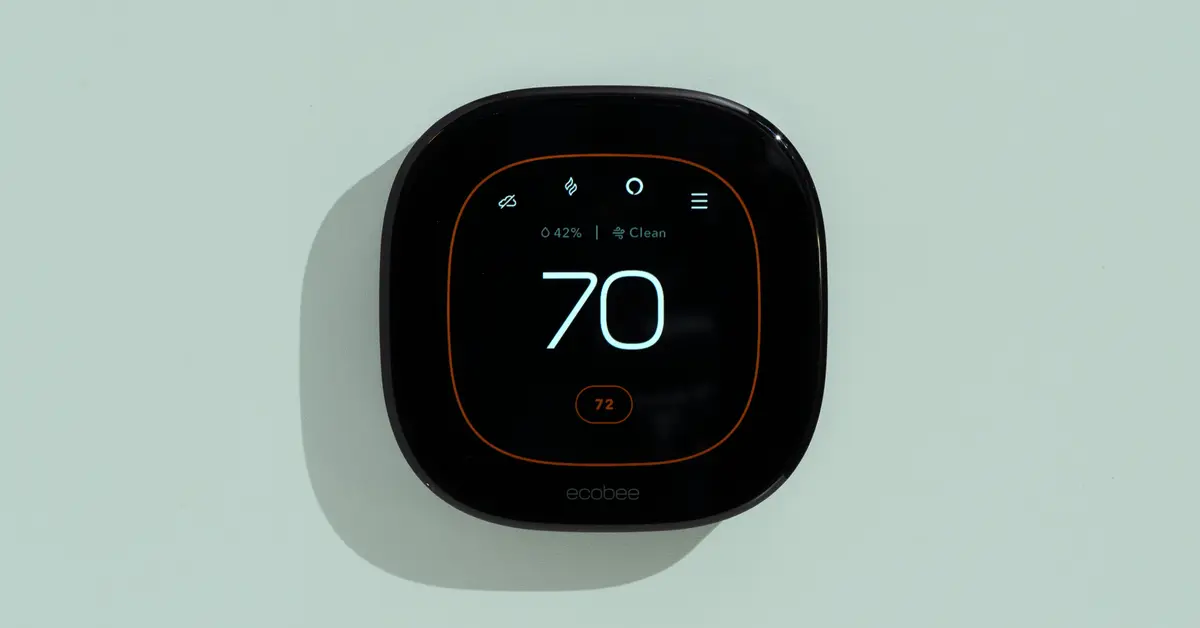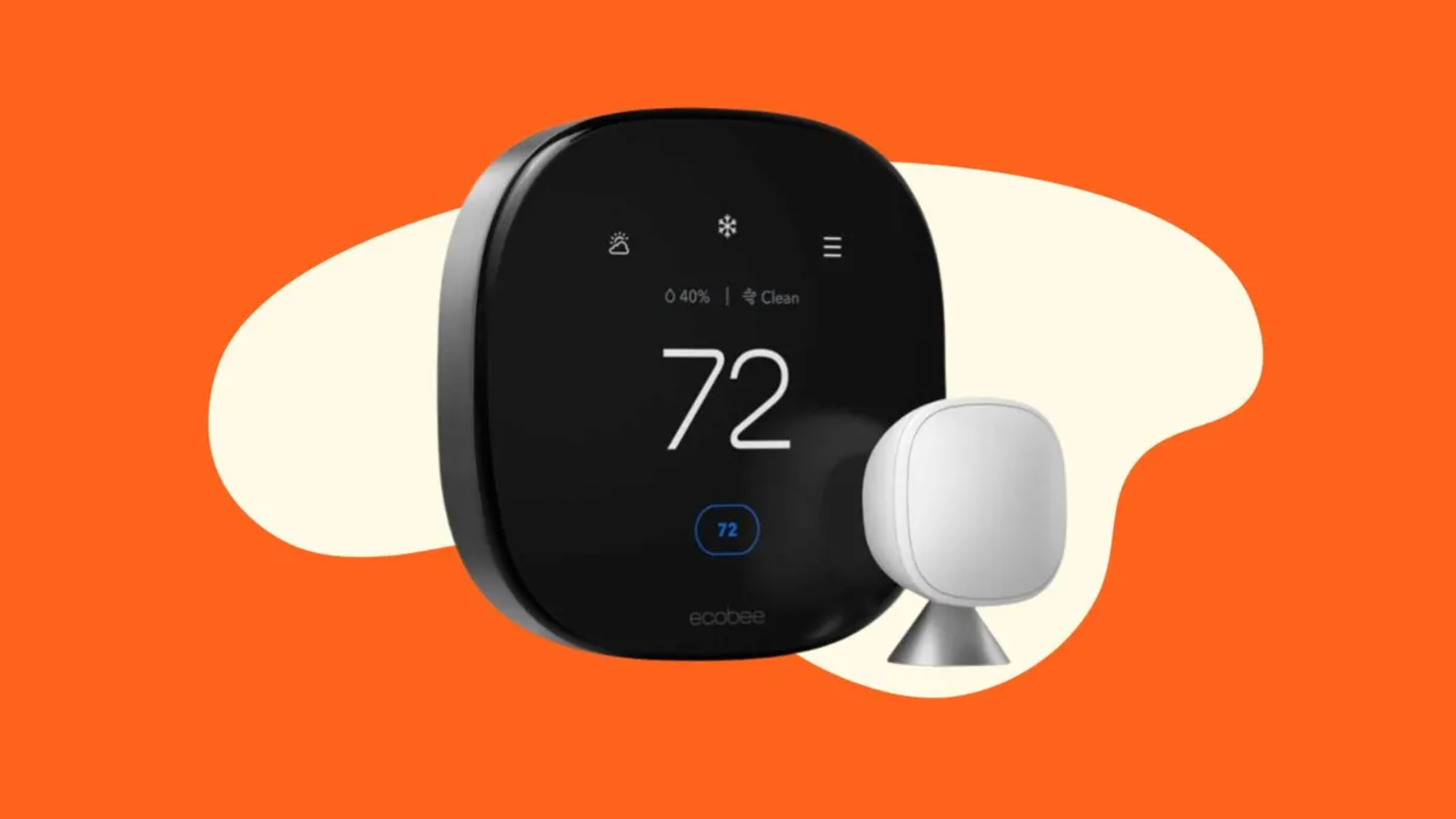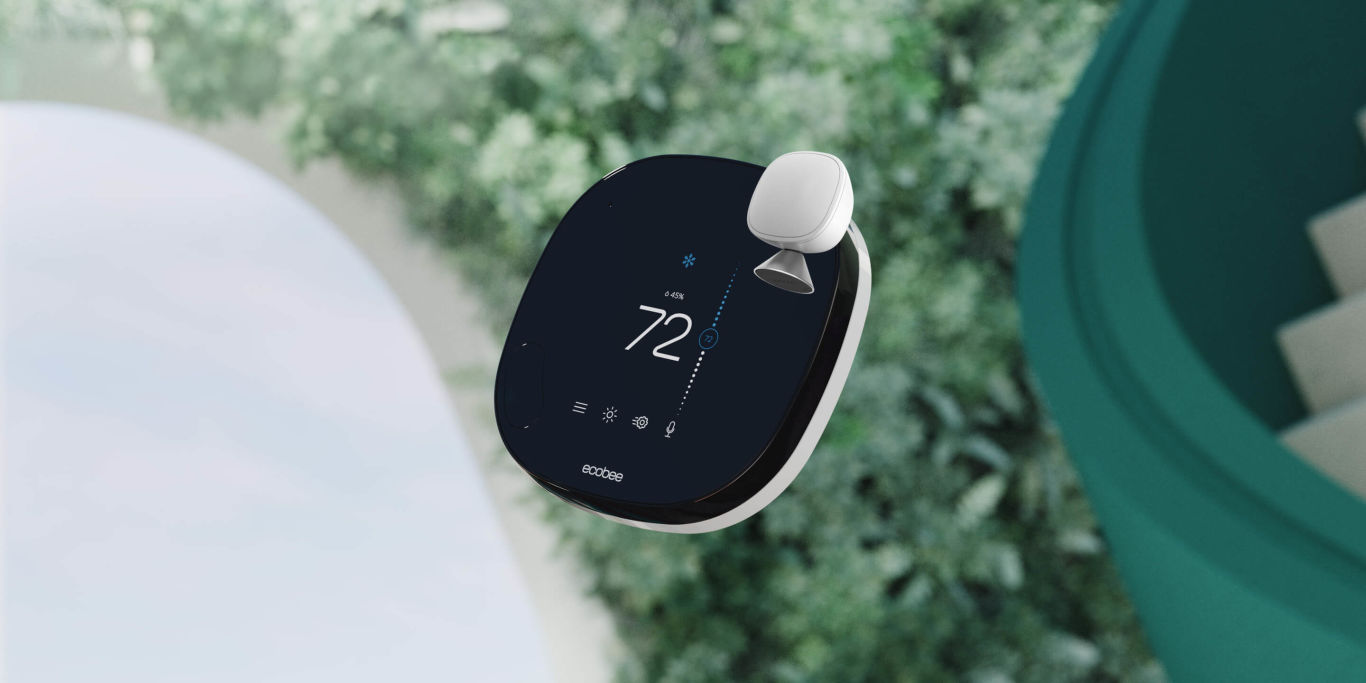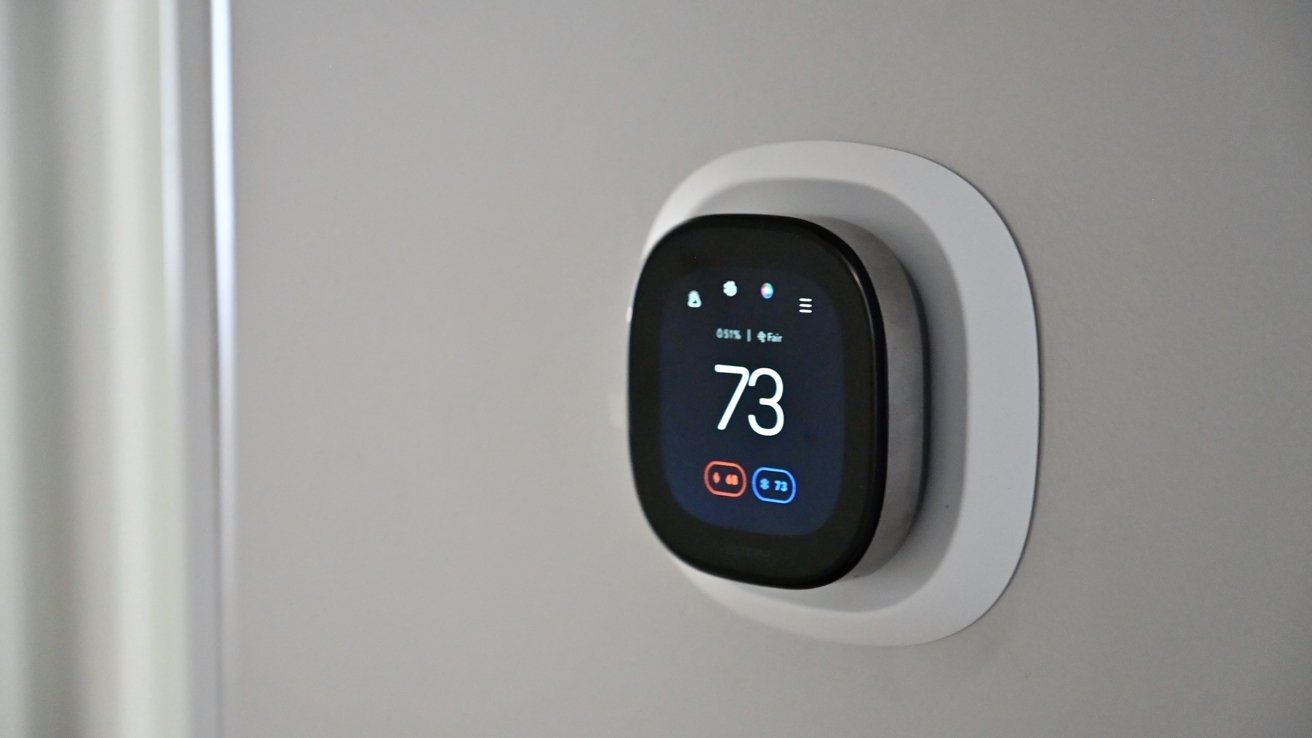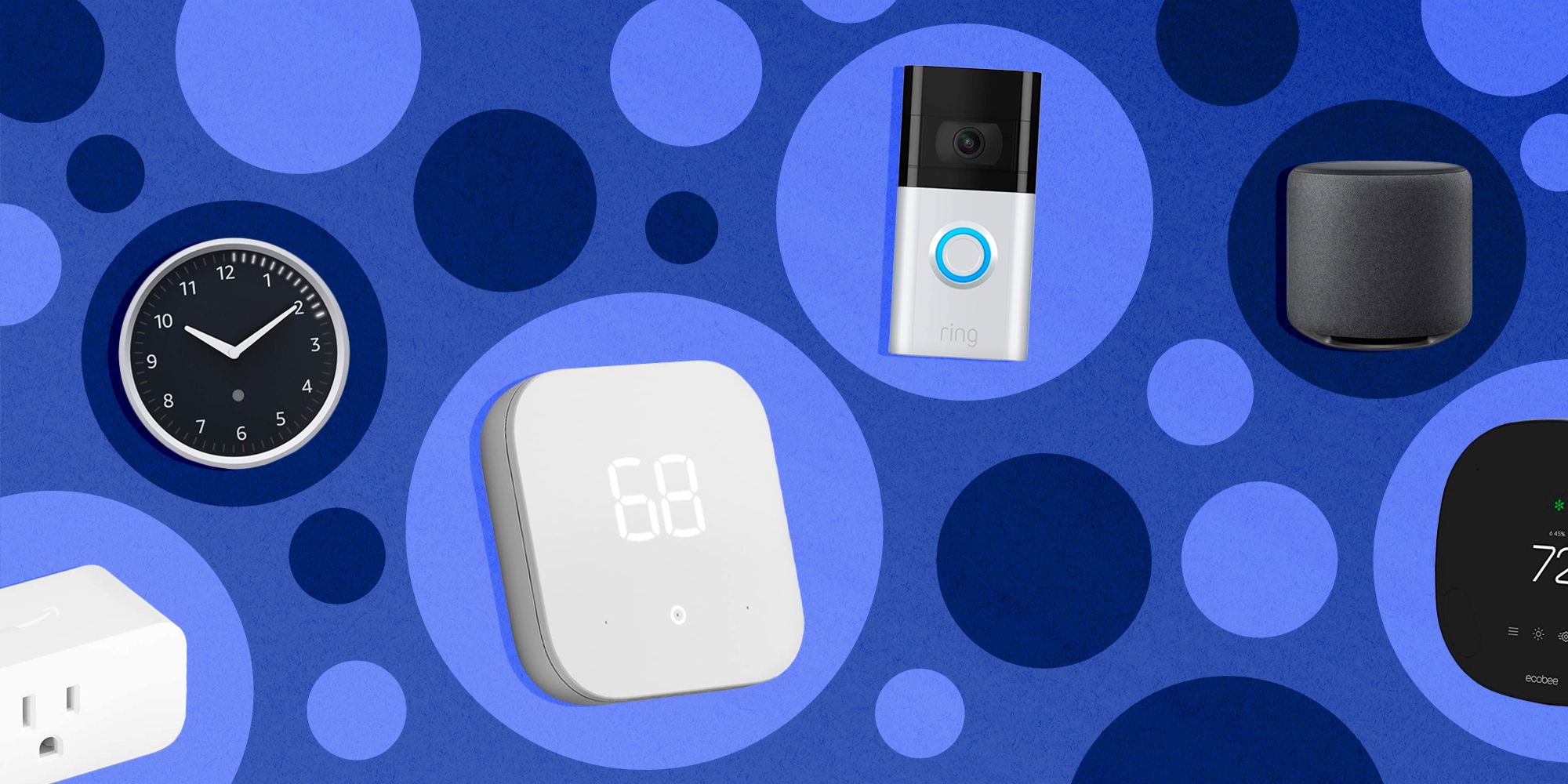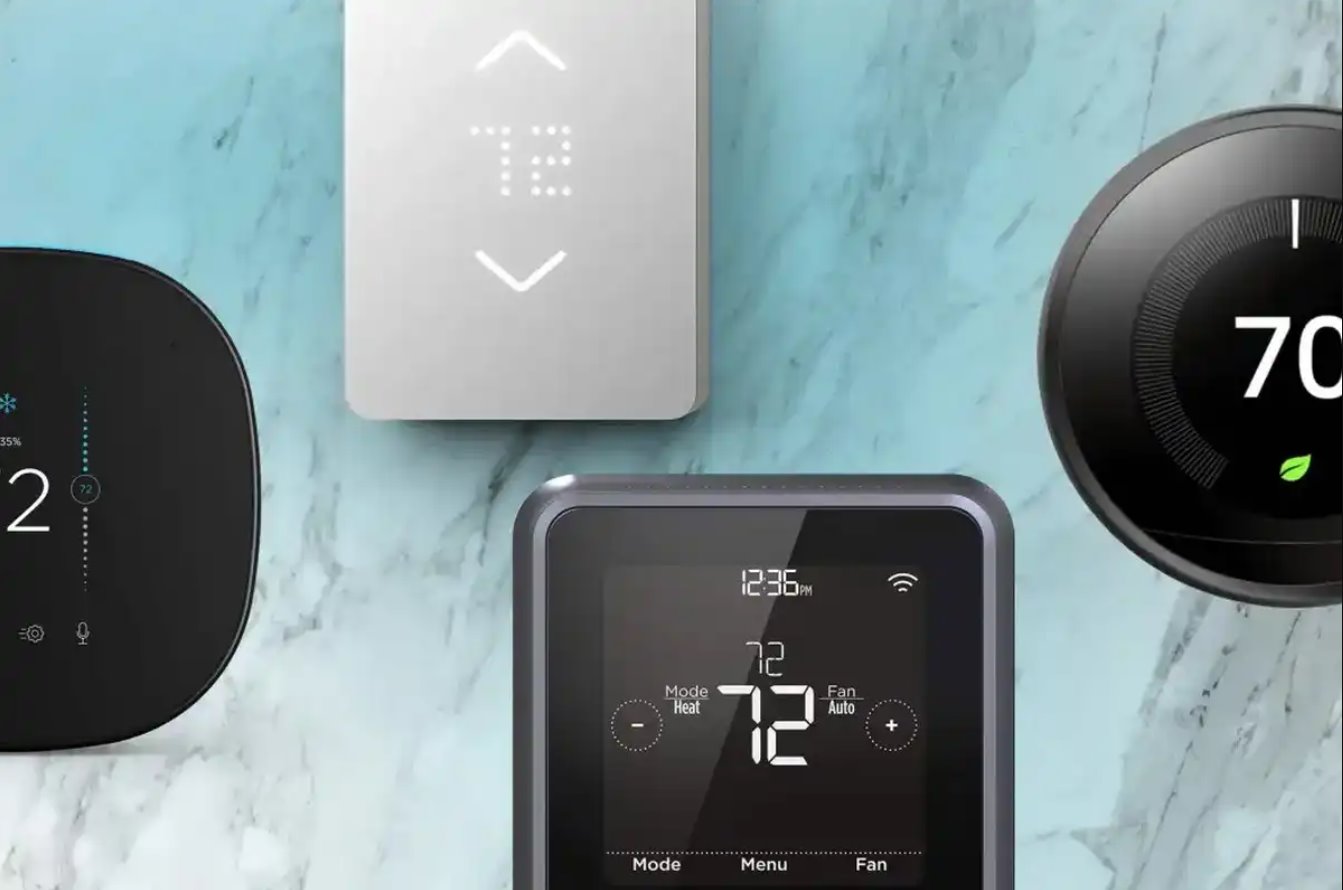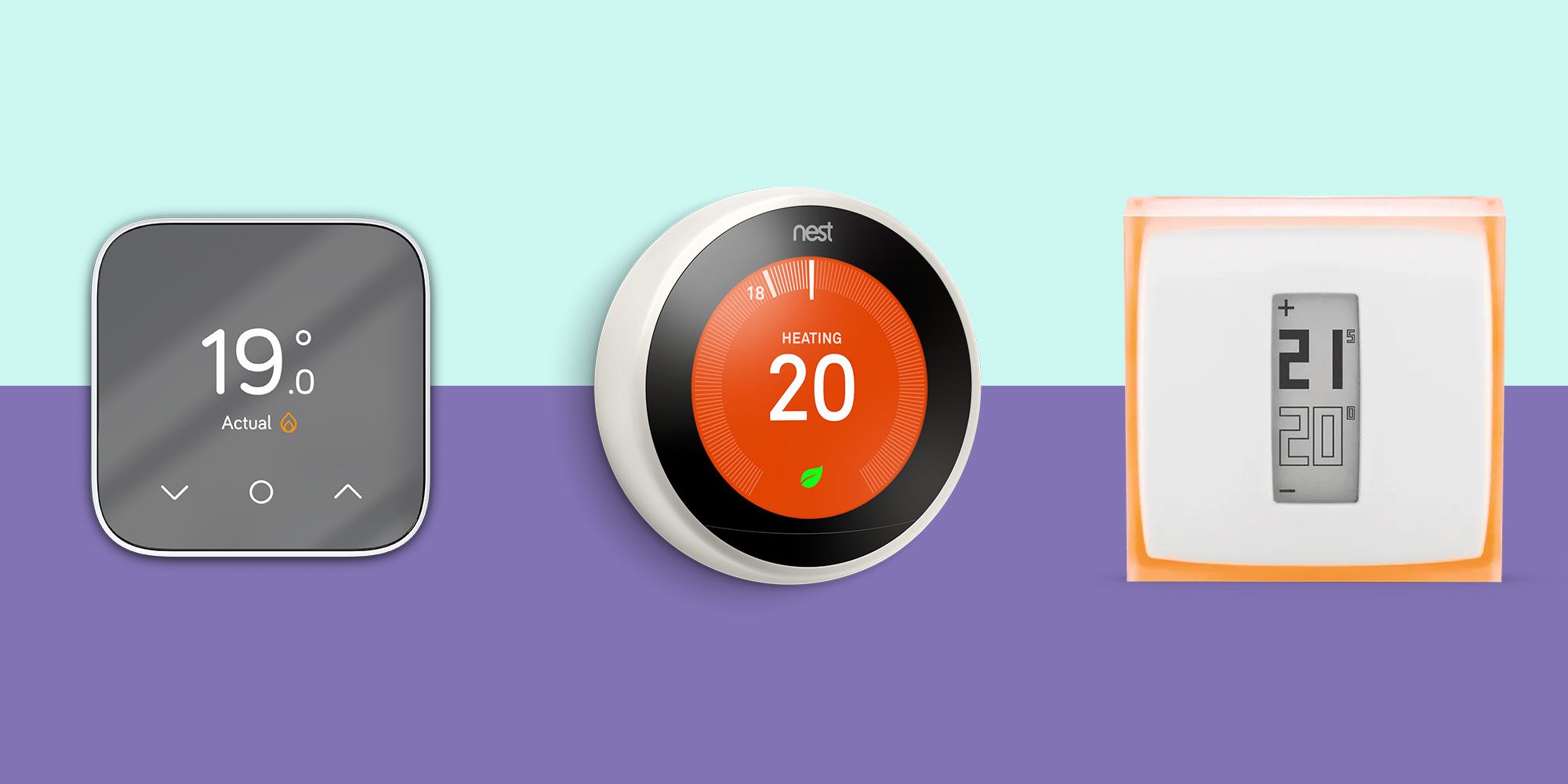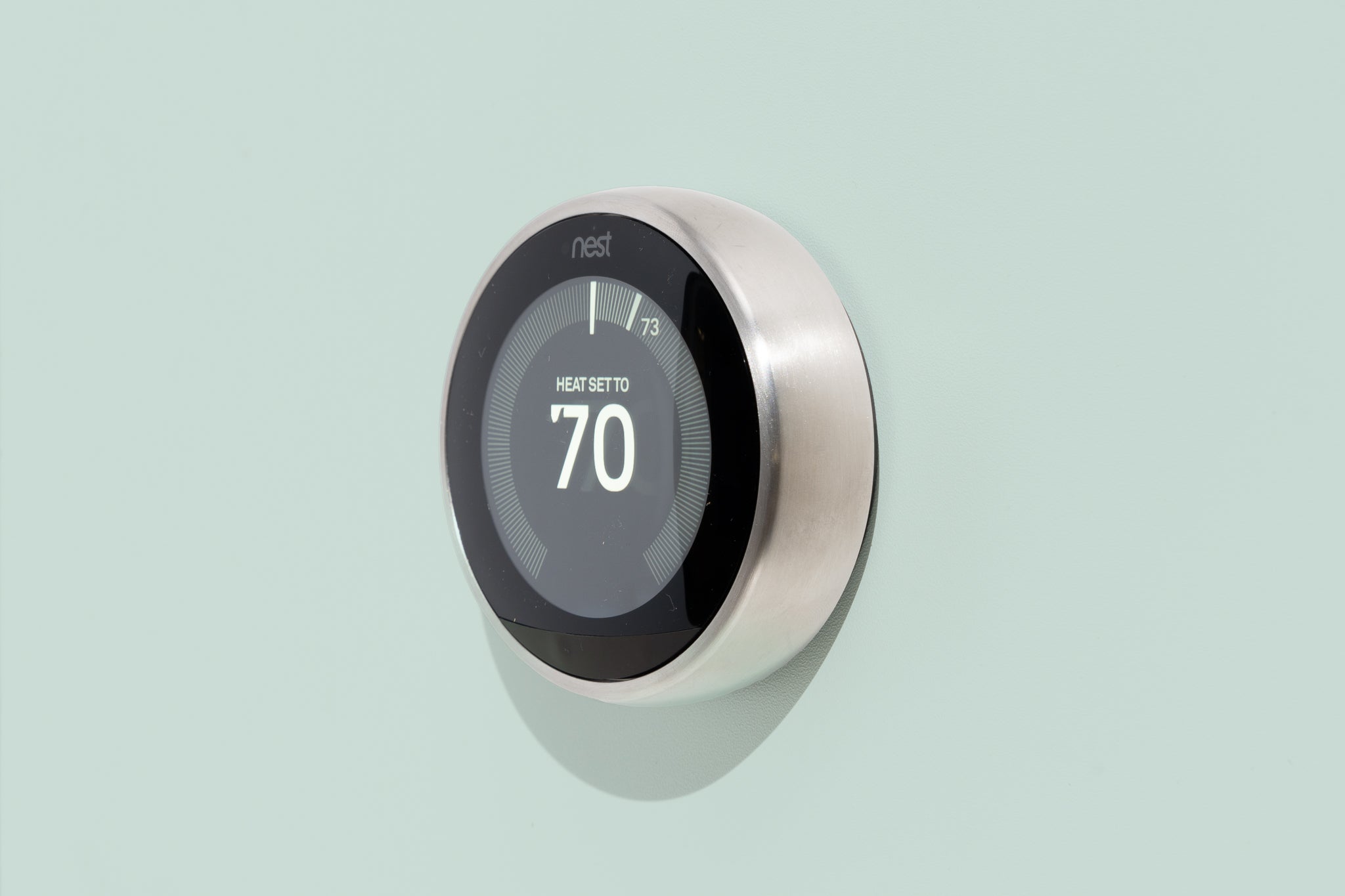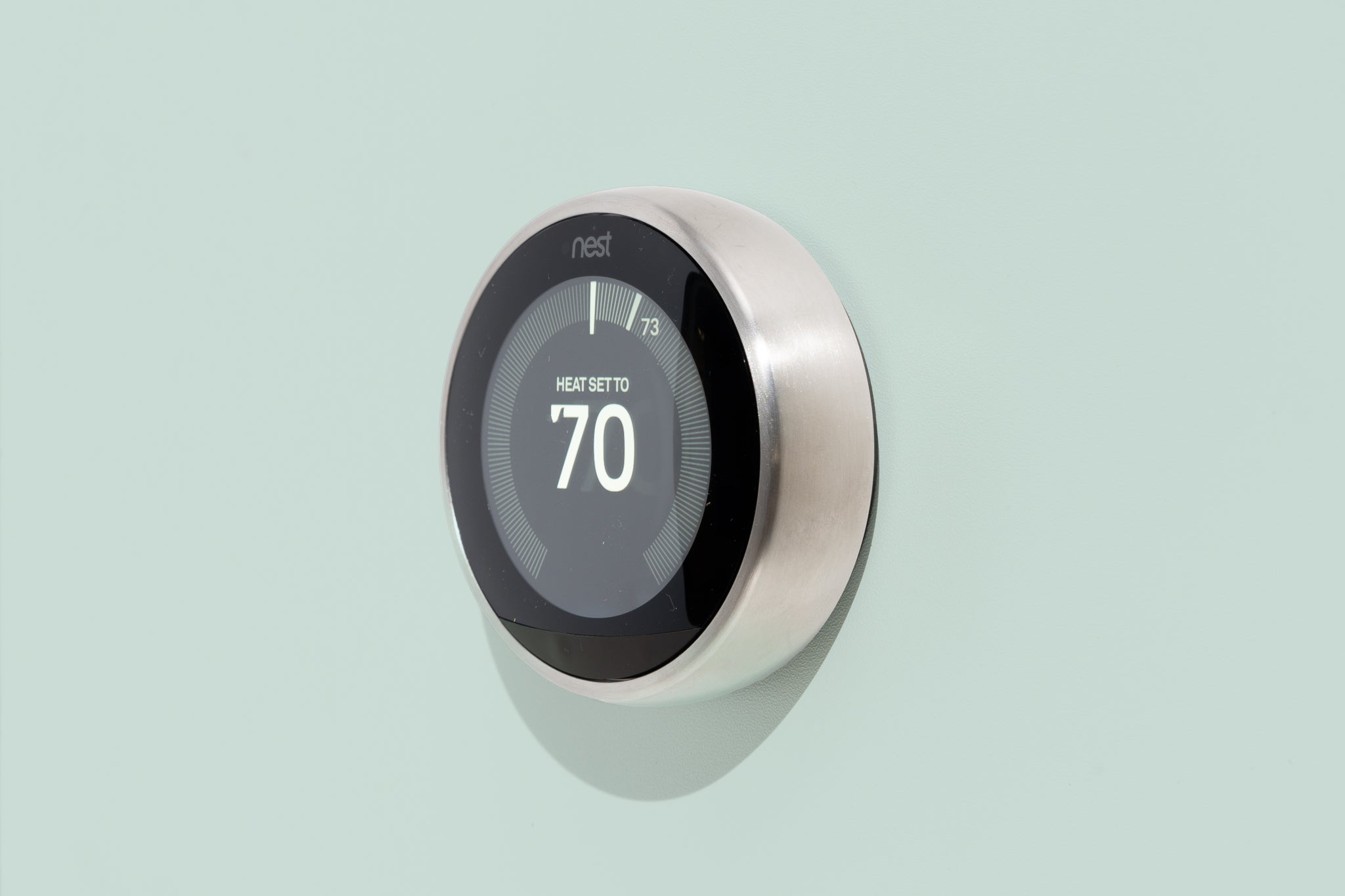Introduction
Introduction
Smart home technology has revolutionized the way we interact with our living spaces, offering convenience, energy efficiency, and enhanced control over various household appliances. One of the most impactful innovations in this realm is the smart thermostat, which provides homeowners with the ability to remotely manage their heating and cooling systems for optimal comfort and cost savings. As the demand for smart home devices continues to soar, the integration of these technologies with popular voice assistants has become increasingly important. In this article, we will explore the compatibility of smart thermostats with Google Home, a widely used voice-controlled speaker and home assistant.
Smart thermostats offer a myriad of benefits, from personalized temperature control to energy savings and environmental sustainability. By leveraging advanced sensors and intelligent algorithms, these devices can adapt to users' preferences and habits, ultimately creating a more comfortable and efficient home environment. The seamless integration of smart thermostats with voice assistants like Google Home further enhances the user experience, allowing for voice commands and remote adjustments with unparalleled ease.
As the demand for smart home devices continues to grow, consumers are seeking compatibility and integration across their various devices. Google Home has emerged as a dominant player in the voice assistant market, offering a user-friendly interface and robust functionality. Understanding which smart thermostats are compatible with Google Home is crucial for individuals looking to streamline their smart home ecosystem and maximize convenience.
In the following sections, we will delve into the concept of smart thermostats, highlighting their benefits and the specific advantages of integrating them with Google Home. Additionally, we will explore a selection of smart thermostats that seamlessly integrate with Google Home, providing users with a comprehensive overview of their options in this rapidly evolving landscape. Let's embark on this journey to discover how smart thermostats can harmoniously coexist with Google Home, enriching our lives with unparalleled comfort and control.
What is a Smart Thermostat?
A smart thermostat is a cutting-edge device designed to regulate the temperature of a home or building with advanced features and connectivity capabilities. Unlike traditional thermostats, which rely on manual adjustments and preset schedules, smart thermostats leverage technology to offer a range of intelligent functions, including remote access, adaptive learning, and energy-saving algorithms.
These innovative devices are equipped with built-in Wi-Fi connectivity, enabling users to control their heating, ventilation, and air conditioning (HVAC) systems from anywhere via a smartphone app or a web interface. This remote accessibility empowers homeowners to adjust the temperature settings, monitor energy usage, and receive real-time alerts, fostering greater efficiency and comfort.
One of the hallmark features of smart thermostats is their ability to learn and adapt to users’ preferences and behaviors. Through the utilization of sensors and machine learning algorithms, these devices can analyze patterns in temperature adjustments and occupancy, subsequently optimizing the HVAC system to align with the occupants’ routines. This personalized approach not only enhances comfort but also contributes to energy conservation and cost reduction.
Furthermore, smart thermostats often incorporate geofencing technology, which detects the user’s location via their smartphone’s GPS signal. This functionality enables the thermostat to adjust the temperature automatically when the user leaves or returns home, ensuring efficient energy usage without sacrificing comfort.
Integration with voice assistants such as Google Home elevates the functionality of smart thermostats by enabling hands-free control through voice commands. This seamless interaction allows users to adjust the temperature, inquire about the current settings, or schedule climate changes simply by speaking to their smart speaker, enhancing convenience and accessibility.
Overall, smart thermostats represent a significant advancement in home climate control, offering a blend of intelligent features, connectivity, and energy efficiency. Their ability to adapt to users’ preferences, optimize energy usage, and seamlessly integrate with other smart home devices makes them a valuable asset for modern homeowners seeking enhanced comfort and sustainability.
Benefits of Using Smart Thermostats
Smart thermostats offer a multitude of advantages that extend beyond conventional temperature regulation, providing homeowners with enhanced comfort, energy efficiency, and convenience. These devices have transformed the way individuals interact with their HVAC systems, offering a range of benefits that contribute to a more sustainable and comfortable living environment.
Energy Savings: Smart thermostats are equipped with advanced algorithms and sensors that optimize energy usage by adjusting temperature settings based on occupancy and usage patterns. This proactive approach to climate control can lead to significant reductions in energy consumption and lower utility bills over time, making smart thermostats a sound investment for cost-conscious homeowners.
Remote Accessibility: The ability to control the thermostat remotely via a smartphone app or web interface grants users unparalleled flexibility and convenience. Whether at home, at work, or on vacation, homeowners can adjust temperature settings, monitor energy usage, and receive alerts, ensuring that their living space remains comfortable and efficient at all times.
Adaptive Learning: Smart thermostats utilize machine learning algorithms to analyze users’ habits and preferences, subsequently adjusting temperature settings to align with their routines. This adaptive learning capability not only enhances comfort but also contributes to energy conservation by minimizing unnecessary heating or cooling when the space is unoccupied.
Geofencing Integration: By leveraging geofencing technology, smart thermostats can detect when users leave or return home based on their smartphone’s GPS signal. This feature enables the thermostat to automatically adjust the temperature, optimizing energy usage without requiring manual intervention, further enhancing efficiency and comfort.
Voice Control Integration: Integration with voice assistants such as Google Home enables hands-free control of the thermostat through simple voice commands. This seamless interaction allows users to adjust the temperature, inquire about current settings, or schedule climate changes, enhancing accessibility and convenience within the home environment.
Overall, the benefits of using smart thermostats extend beyond mere temperature regulation, encompassing energy savings, remote accessibility, adaptive learning, geofencing integration, and voice control capabilities. By embracing these advanced features, homeowners can enjoy enhanced comfort, reduced energy costs, and greater control over their living environment, making smart thermostats an indispensable component of modern home automation systems.
Compatibility with Google Home
Google Home has emerged as a leading voice-controlled speaker and home assistant, offering seamless integration with a wide array of smart home devices, including smart thermostats. The compatibility between smart thermostats and Google Home is a pivotal consideration for homeowners seeking to streamline their smart home ecosystem and leverage the convenience of voice commands for climate control.
Smart thermostats that are compatible with Google Home can be seamlessly integrated into the Google Home app, allowing users to control their heating and cooling systems using voice commands or through the app’s interface. This integration enables a cohesive and intuitive user experience, empowering homeowners to adjust temperature settings, inquire about the current climate conditions, and create customized schedules with ease.
By leveraging Google Home’s voice control capabilities, users can issue commands to adjust the thermostat’s temperature, activate specific modes (such as “cool” or “heat”), or inquire about the current temperature reading in a particular zone. This hands-free approach to climate control enhances accessibility and convenience, particularly for individuals with mobility limitations or those seeking a more seamless interaction with their smart home devices.
Furthermore, the compatibility between smart thermostats and Google Home extends beyond basic voice commands, encompassing broader integration with the Google Assistant ecosystem. Users can create routines and automation sequences that incorporate their smart thermostat, enabling dynamic interactions with other smart devices in the home. For example, users can configure a routine that adjusts the thermostat, turns off lights, and locks doors when they say, “Goodnight,” streamlining their evening rituals with a single voice command.
Additionally, the synergy between smart thermostats and Google Home contributes to a holistic approach to energy management and home automation. By integrating these devices, users can gain insights into their energy usage, receive personalized recommendations for energy conservation, and create a more responsive and efficient home environment.
Overall, the compatibility between smart thermostats and Google Home represents a significant advancement in smart home integration, offering users a cohesive and intuitive platform for controlling their climate systems and orchestrating dynamic interactions with other smart devices. This seamless integration fosters a more connected and responsive living environment, enhancing the overall smart home experience for homeowners seeking greater convenience and control.
Smart Thermostats That Work with Google Home
Several leading smart thermostat manufacturers have developed products that seamlessly integrate with Google Home, offering users the ability to control their home climate with voice commands and through the Google Home app. These smart thermostats not only provide advanced temperature regulation and energy-saving features but also offer compatibility with Google’s voice assistant, enhancing the overall smart home experience.
Nest Learning Thermostat: Developed by Nest, a subsidiary of Google’s parent company Alphabet Inc., the Nest Learning Thermostat is designed to harmonize with Google Home, allowing users to adjust the temperature, set schedules, and receive energy usage insights using voice commands or the Google Home app. With its sleek design and adaptive learning capabilities, the Nest Learning Thermostat exemplifies the seamless integration between smart climate control and voice assistant technology.
Ecobee SmartThermostat: The Ecobee SmartThermostat is another standout product that offers compatibility with Google Home, enabling users to control their home’s temperature and access a range of smart features through voice commands. With built-in Alexa functionality and integration with Google Home, the Ecobee SmartThermostat delivers a comprehensive smart home experience, allowing users to leverage the strengths of both platforms for enhanced convenience and control.
Honeywell Lyric T5 Wi-Fi Thermostat: Honeywell’s Lyric T5 Wi-Fi Thermostat is designed to seamlessly integrate with Google Home, providing users with the ability to adjust temperature settings, create custom schedules, and monitor energy usage using voice commands. The Lyric T5’s intuitive interface and energy-saving features, coupled with its compatibility with Google Home, make it an attractive choice for homeowners seeking a user-friendly and connected climate control solution.
Lennox iComfort S30 Smart Thermostat: The Lennox iComfort S30 Smart Thermostat is engineered to work in harmony with Google Home, offering users the ability to control their home’s climate and access advanced features through voice commands. With its precision temperature control and intuitive interface, the iComfort S30 enhances the smart home experience by seamlessly integrating with Google Home, empowering users to create a personalized and efficient home environment.
Emerson Sensi Touch Wi-Fi Thermostat: The Emerson Sensi Touch Wi-Fi Thermostat is a versatile and user-friendly smart thermostat that is compatible with Google Home, allowing users to adjust temperature settings, create schedules, and monitor energy usage with voice commands. Its intuitive touchscreen interface and seamless integration with Google Home make it a compelling choice for homeowners seeking a reliable and accessible smart climate control solution.
These smart thermostats represent a selection of leading products that seamlessly integrate with Google Home, offering users advanced climate control capabilities and the convenience of voice commands. By leveraging the compatibility between these smart thermostats and Google Home, homeowners can create a more connected and responsive living environment, enhancing their overall smart home experience.
Conclusion
Smart thermostats have redefined the way homeowners interact with their heating and cooling systems, offering a blend of advanced features, energy-saving capabilities, and remote accessibility. The integration of these innovative devices with Google Home, a prominent voice assistant and smart home platform, has further elevated the user experience, providing seamless control and convenience through voice commands and app-based interactions.
By embracing smart thermostats that are compatible with Google Home, homeowners can enjoy the benefits of enhanced comfort, energy efficiency, and personalized climate control. The synergy between these devices fosters a more connected and responsive living environment, empowering users to manage their home’s temperature settings with unparalleled ease and flexibility.
With the proliferation of smart home technology, the compatibility between smart thermostats and Google Home represents a significant advancement in home automation, offering users a cohesive and intuitive platform for controlling their climate systems and orchestrating dynamic interactions with other smart devices. This seamless integration not only enhances convenience and accessibility but also contributes to energy conservation and cost savings, aligning with the growing emphasis on sustainable living and efficient resource management.
As the smart home ecosystem continues to evolve, the integration of smart thermostats with Google Home exemplifies the potential for interconnected and intelligent home environments. By leveraging the capabilities of these devices, homeowners can create a more personalized and efficient living space, tailored to their preferences and lifestyle. The seamless control and dynamic interactions facilitated by this integration contribute to a more streamlined and responsive home environment, enhancing the overall quality of life for users.
In conclusion, the compatibility between smart thermostats and Google Home represents a significant milestone in the evolution of smart home technology, offering users a harmonious and intuitive platform for managing their home climate and energy usage. This integration not only enhances convenience and accessibility but also contributes to a more sustainable and efficient living environment, reflecting the ongoing pursuit of innovation and connectivity in modern homes.







